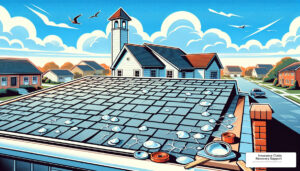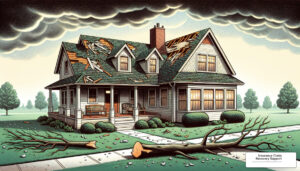Has Your Business Suffered A Frozen Pipe Burst?
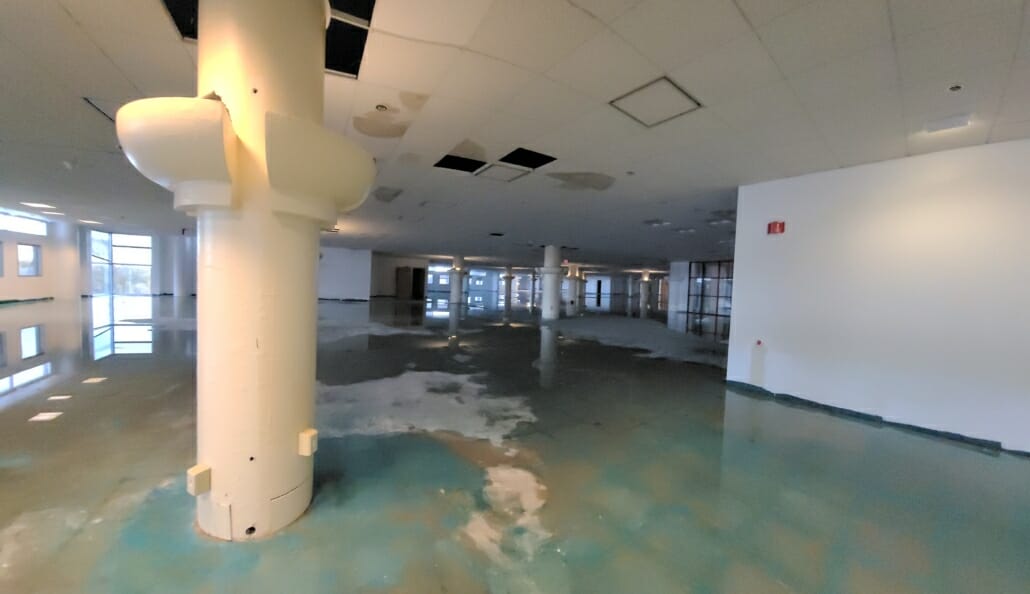
This important message is for all Texas commercial and multifamily property owners dealing with water damage claims from last month’s freeze who want the maximum settlement they deserve in minimum time. As we are going through an unprecedented number of water damage claims, (estimated damages are as high as $90 Billion) I wanted to share […]
Winter Storm Will Yield largest Claims Event In Texas History
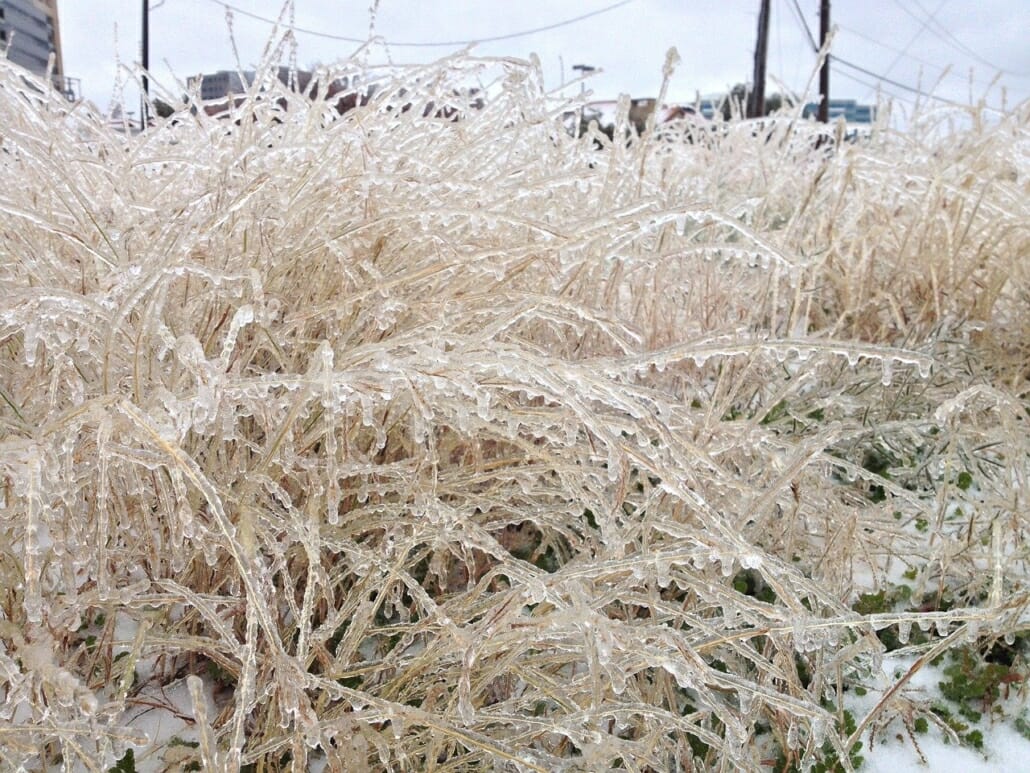
Texas Winter Storm Will Yield largest Claims Event In History Texas Winter Storm Will Cause $18 Billion In Estimated Damages With billions of dollars in damage expected from the historic Texas winter storm, a state regulator plans to collect data from property insurers to assess costs stemming from a crippled electrical grid, roofing collapses, broken […]
Winter Storm Damage and Your Insurance Claim
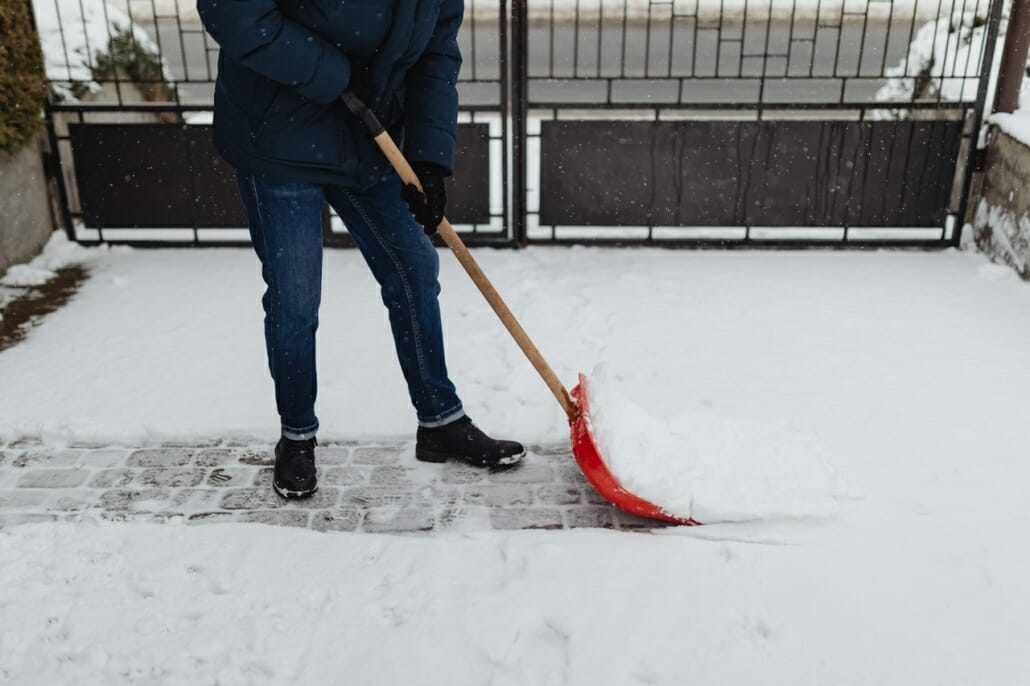
Winter Storm Damage and Your Insurance Claim What To Do After A Winter Storm Hits Your Home Feb 21, 2021 (PRLog via COMTEX) — Policyholders Survival Report for “Largest Insurance Claim Event In History”AUSTIN, Texas – Feb. 20, 2021 PRLog — As Texas thaws from severe winter weather, including snow, ice and freezing temperatures, […]
7 Tips for Thawing Frozen Pipes

Don’t get caught in the cold! Read our tips for thawing frozen pipes, and prevent damage to your home. The first step you need to take is to shut off your water at the main shutoff valve, usually located at your water meter somewhere near the street, and open (turn on) all of your […]


